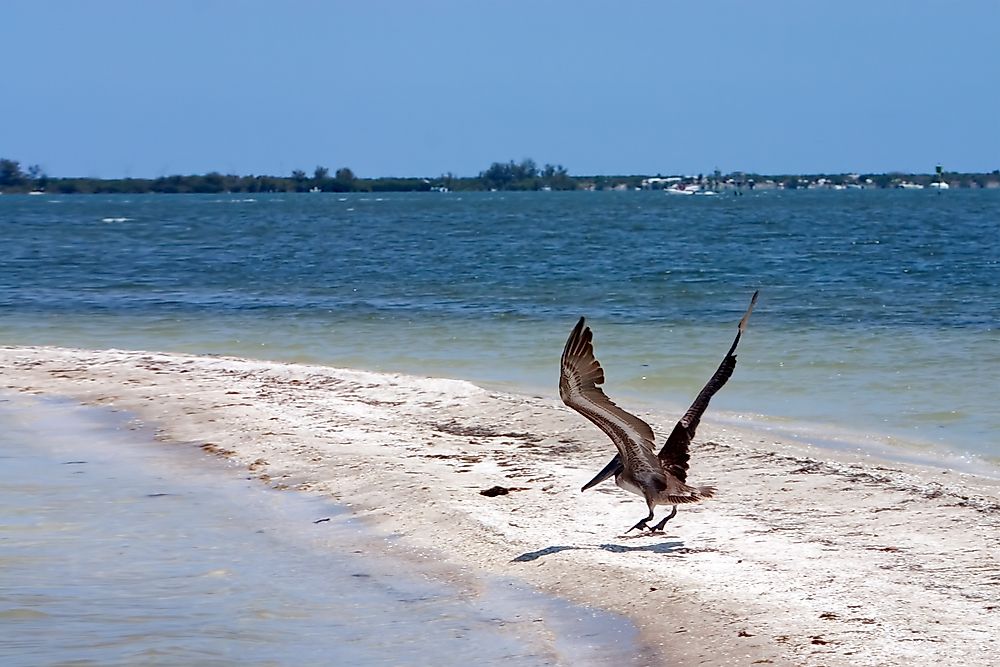What is a Humid Subtropical Climate?

The Humid Subtropical Climate is characterized by hot and humid summers, and extremely cold winters. It’s mostly prevalent on the eastern sides of all continents, and at latitudes of 25 and 35 degrees, and located poleward near the tropical climates. During the coldest months of winter temperatures go down to 40 to 50 degrees Fahrenheit. All year precipitation of 30 to 65 inches occurs uniformly in humid subtropical climate. That is why, in this climate, there is direct sun all year round. Most humid subtropical climates are in coastal regions, but there are exceptions where they occur inland mostly in parts of the US and China. In this type of climate, farming is easier since the growing season is about 8 months long.
Vegetation
In the humid subtropical climate, the vegetation comprises of mostly evergreen trees, shrubs, and bushes. Trees in this climate are evergreen to enable them endure long months of consistent rains and warmth. Palm trees and fern plants are common in humid subtropical climate, as well as other delicate and broad leaf vegetation. This climate sustains the evergreens species because of long summer months and consistent rains. The Indian River Lagoon on the Atlantic coast of Florida is in a humid sub tropical climate environment. That makes it the most biologically varied estuary in North America, and it’s a habitat for over 2,100 plant species, and over 2,200 animal species.
Animals
The warmth in the humid subtropical climate environments, creates ideal habitats for some select mammals, amphibians, and reptiles. The deer, panther, and the American alligator can be found in this type of climate. For reptiles like the American alligator which are cold blooded, the humid subtropical climate enables them warm and cool down their body when necessary. The habitat fostered by this type of climate also ensures the alligators are well camouflaged from their prey like the python, or predators like small mammals like the capybaras and squirrels. Birds like hawks and falcons are also found in humid subtropical climate habitats as well as frogs, turtles, and dragon flies.
Distribution
Around the world, the humid subtropical climate is widely spread in all continents. In Africa this climate is found in two regions of the continent’s southern hemisphere. These include the middle and eastern Africa regions, in countries like Angola, northeastern Zimbabwe, the Tete, Manica, and Amukelanixhantini provinces in Mozambique, south Congo provinces, southwest of Tanzania, and many regions of Zambia and Malawi. There are also parts of Ethiopian highlands, KwaZulu-Natal and Eastern Cape provinces in South Africa with humid subtropical climate. In Asia, humid subtropical climate is spread in regions of East and South East Asia, South Asia, and Western Asia. In Central Europe, Northern Italy, Black Sea Coast in Bulgaria, and Crimea in Ukraine have humid subtropical climate. In Australia, this climate is prevalent in the coastal eastern Australia from Mackay in Queensland to Sydney southern Coast. In South America, southern Brazil regions like Parana, some regions of Paraguay, the entire Uruguay, and the Rio de la Plata region of Argentina, have the humid subtropical climate.
Dangers
Humid subtropical climate makes cities like Savannah, Georgia and parts of Florida in the US, Sydney, and Australia, Shanghai, China, and New Zealand get hurricanes and other aggressive storms.











